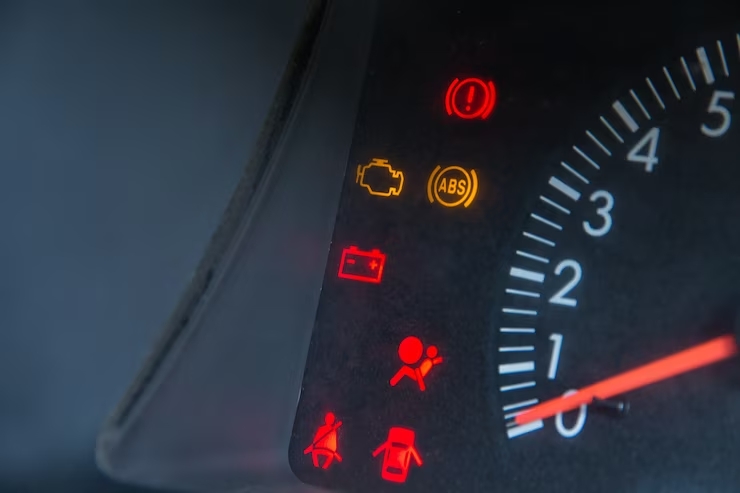The braking system is undoubtedly one of the most critical safety features in any vehicle. It allows drivers to slow down or bring their vehicles to a complete stop safely. To ensure optimal braking performance, modern vehicles are equipped with advanced technologies such as Brake Assist Systems (BAS). These systems are designed to assist drivers in emergency braking situations. Brake Assist warning lights play a crucial role in alerting drivers to potential issues with the braking system. In this article, we will explore the significance of Brake Assist warning lights and provide tips for maintaining braking efficiency.
- Understanding Brake Assist Systems: Brake Assist Systems are designed to help drivers achieve maximum braking power during emergency situations. When the system detects a rapid and forceful brake pedal application, it automatically applies additional braking force to assist the driver. This technology ensures that even in high-stress scenarios, such as sudden stops or panic braking, the vehicle can come to a halt quickly and safely.
- The Importance of Brake Assist Warning Lights: Brake Assist warning lights are instrumental in maintaining braking efficiency. These warning lights are typically connected to the vehicle’s onboard diagnostics system, which continuously monitors various aspects of the braking system. When a potential issue is detected, such as a malfunctioning Brake Assist System, brake fluid leaks, or worn brake pads, the warning light illuminates, indicating the need for attention and potential repairs.
- Common Causes of Brake Assist Warning Lights: a. Brake Fluid Issues: Low brake fluid levels, contaminated brake fluid, or a leak in the brake system can trigger the warning light. Insufficient brake fluid can compromise the effectiveness of the Brake Assist System.
b. Malfunctioning Brake Assist System: A malfunction in the Brake Assist System, such as a faulty sensor or a damaged hydraulic pump, can cause the warning light to illuminate. This issue should be addressed promptly to ensure the system’s optimal functioning.
c. Worn Brake Pads: Over time, brake pads wear down, and their effectiveness diminishes. If the brake pads are excessively worn, the warning light may illuminate, indicating the need for replacement.
- Maintaining Braking Efficiency: a. Regular Brake Inspections: It is essential to have the braking system inspected regularly by a qualified technician. They can check the condition of the brake pads, inspect the brake lines for leaks or damage, and ensure the Brake Assist System is functioning correctly.
b. Brake Fluid Checks: Regularly check the brake fluid level and quality. If the fluid is low or contaminated, have it flushed and replaced according to the manufacturer’s recommendations.
c. Prompt Repairs: If the Brake Assist warning light illuminates, it is crucial to have the vehicle inspected and repaired promptly. Ignoring the warning light can compromise braking performance and put your safety at risk.
d. Driving Habits: Maintain good driving habits to minimize unnecessary stress on the braking system. Avoid excessive speeding, tailgating, and sudden stops whenever possible.
- Professional Maintenance: When it comes to brake system maintenance, it is advisable to seek professional assistance. Trained technicians have the knowledge and expertise to diagnose and repair brake-related issues accurately. They can ensure the proper functioning of the Brake Assist System and maintain the overall braking efficiency of your vehicle.
Brake Assist warning lights are essential indicators of potential issues with the braking system. Paying attention to these warning lights and promptly addressing any underlying problems is crucial for maintaining braking efficiency and ensuring enhanced safety on the road. Regular brake system maintenance, fluid checks, and professional inspections will help you enjoy reliable and efficient braking performance, providing peace of mind for you and your passengers. Remember, safe braking is paramount for a secure driving experience.











